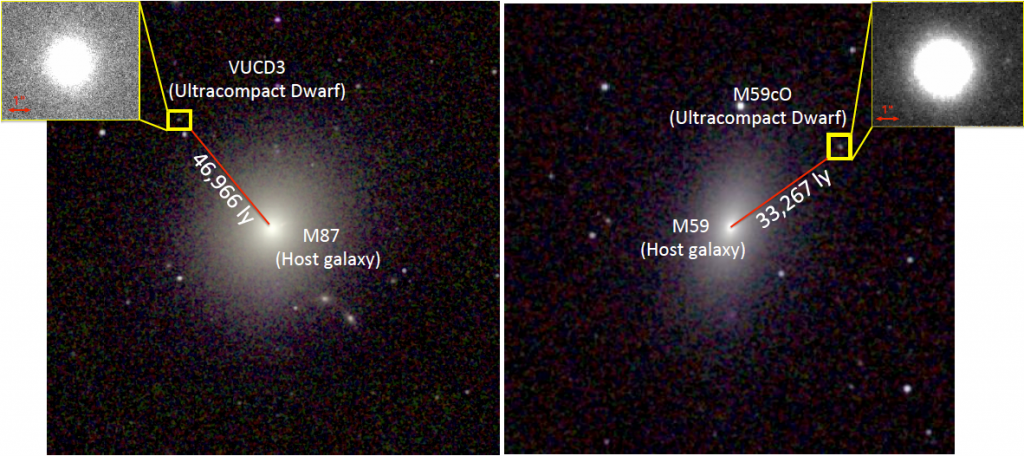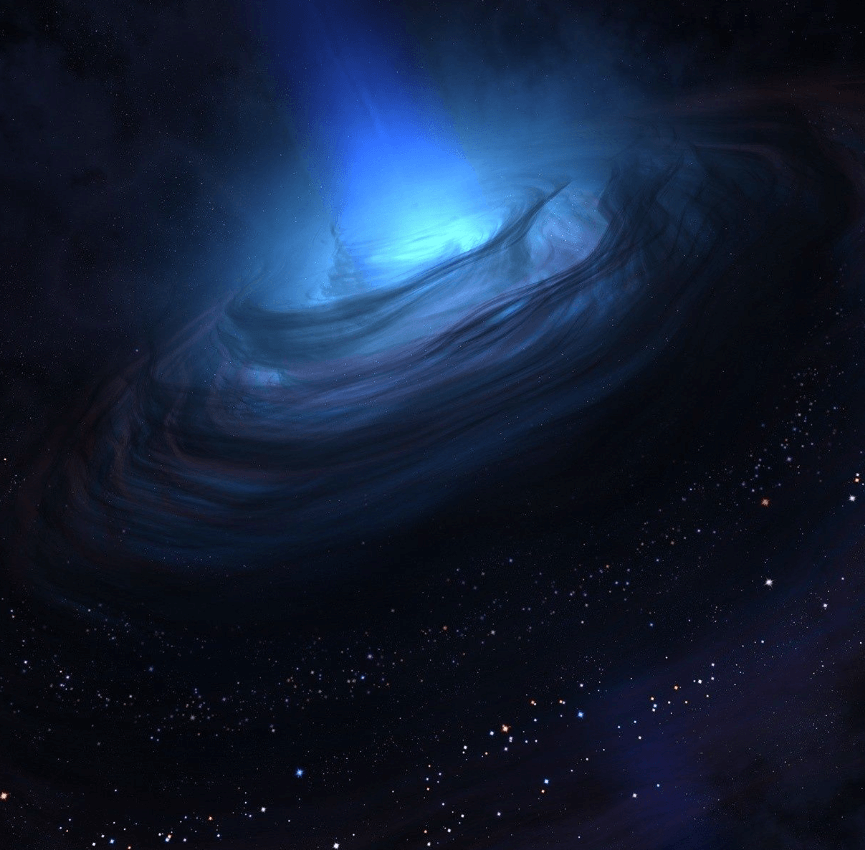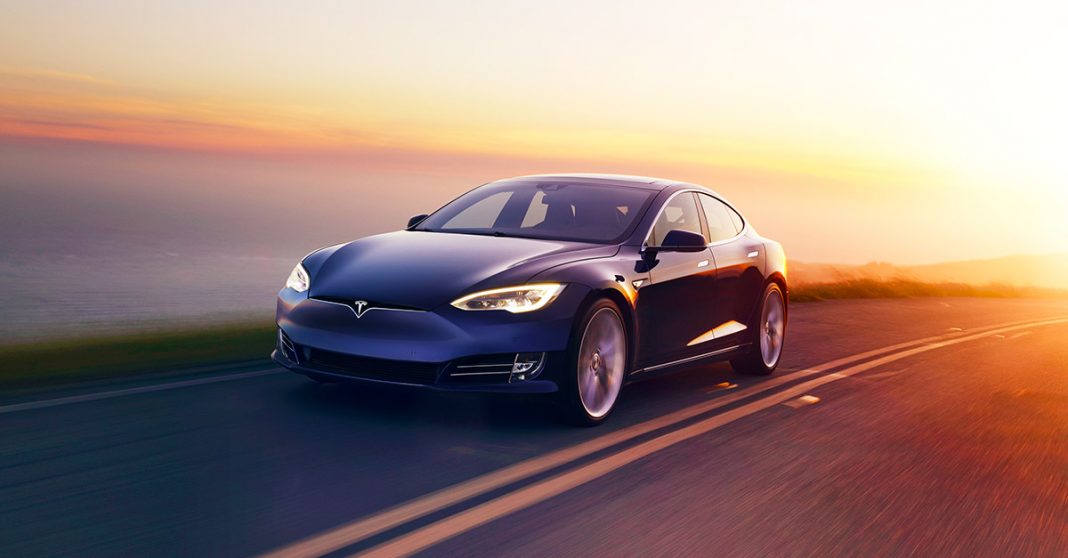Two new supermassive black holes have been discovered in the constellation Virgo, at the centers of “ultracompact dwarf galaxies”. Astronomers believe these types of systems to be common too. Compared to the rest of the galaxy, these black holes are huge. One of them is literally 13 percent of the galaxy’s total mass and the other is 18 percent.
When galaxies collide in outer space the end up pulling bits of one another away. Senior author and Utah professor Anil Seth said, “Our Milky Way is eating up galaxies as we speak. Our general picture of how galaxies form is that little galaxies merge to form big galaxies. But we have a really incomplete picture of that. The ultra-compact dwarf galaxies provide us a longer timeline to be able to look at what’s happened in the past.”

The two new galaxies discovered are called ultracompact dwarfs due to them having millions of tightly packed stars squeezed into just a few hundred light-years of space. Researchers suggest they may be more common than we first thought as scientists at the University of Utah have found three of these supermassive black holes now. “It’s pretty amazing when you really think about it. These ultra-compact dwarfs are around 0.1 percent the size of the Milky Way, yet they host supermassive black holes that are bigger than the black hole at the center of our own galaxy,” said lead author Chris Ahn.
One of the galaxies mass is equivalent to that of 4.4 million Suns, while the other has the equivalent mass of 5.8 million Suns. The supermassive black hole at the center of our own galaxy is around 4 million times the mass of the Sun, but unlike these two new discoveries, ours is less than .01 percent of the Milky Way’s mass. These supermassive black holes do pose a danger as they lurk in the center of galaxies, but as well as sucking in everything around them, they do give something back too. Scientists have discovered that as these beasts soak up all the matter in its way they also expel gas at the same time, creating galactic outflows in which baby stars can be made.
Related Links;
- Two Supermassive Black Holes Found In The Remains Of Destroyed Galaxies / IBT
- University of Utah-led team discovered that an ultra-compact dwarf galaxy contained a supermassive black hole / University of Utah
More News to Read











